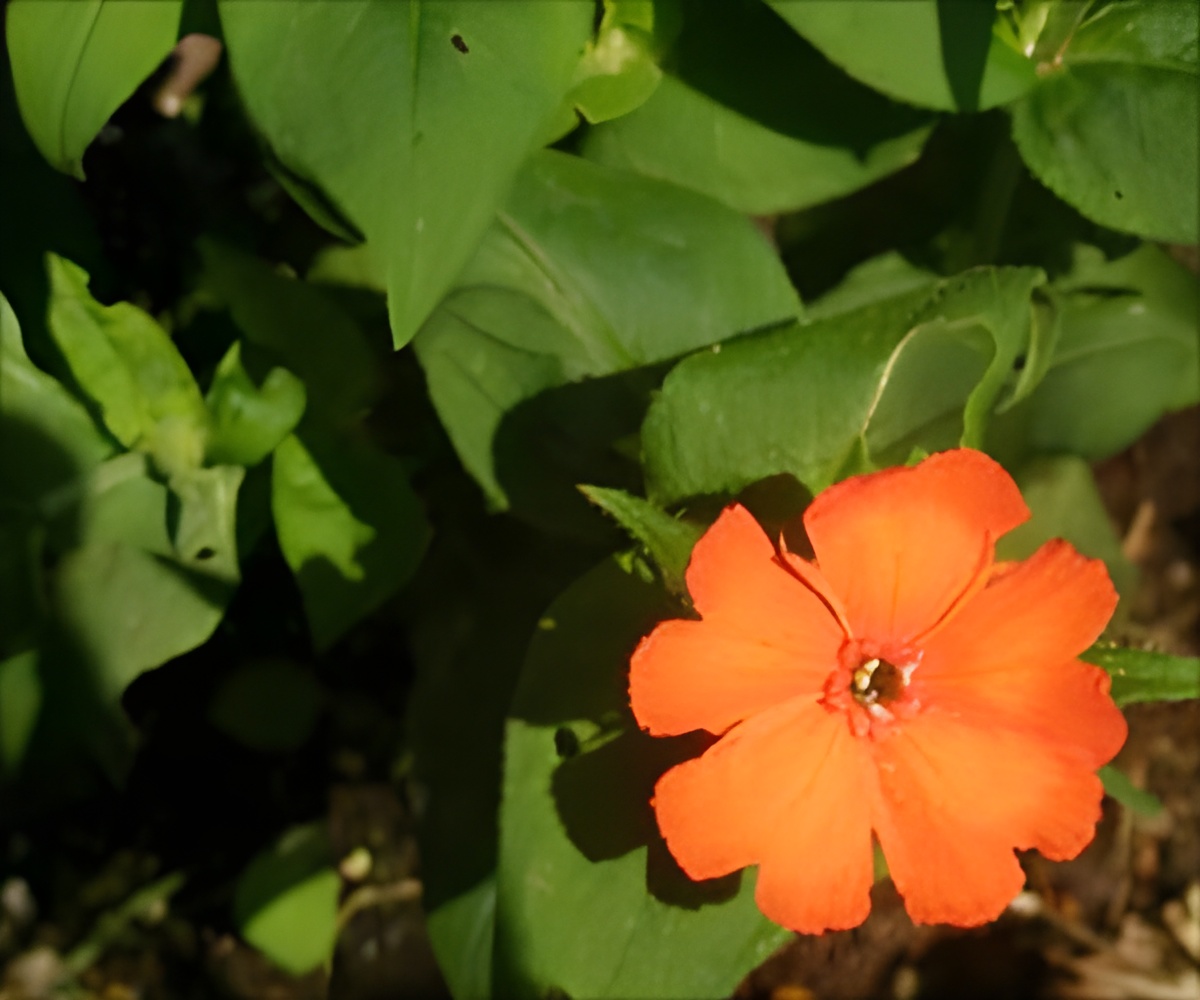
The team examined Lychnis sieboldii in detail and discovered a unique water collection and release feature. The cone-shaped hairs with inner microfibers reversibly transform to crushed plates that twist perpendicularly in dry conditions.
“We zeroed in on the microstructure of the plants via advanced electron microscope technology and recorded the dynamic changes involved in the water collection process in the form of a movie,” explained Prof. Shigeru Yamanaka, Faculty of Textile Science and Technology, Shinshu University. Microfibers found within the hairs appear to be responsible for both water storage and release.
The team tapped simulations to help explain the formation of the twisted structure, which they believe “adds increased mechanical strength to the hairs.” Similar phenomena were found in the other plants with hairy leaves.
“Under dry conditions, the hairs also twisted in a similar manner. They converted to a cone shape, just like Lychnis sieboldii, when exposed to water droplets—suggesting that this strategy of water control is common among plants with similar hairs on their leaves’ surfaces,” said Yamanaka.
One day soon, the technique used by these plants, will be used to pull fresh water from the air to help alleviate global water shortages. “These plants give us great ideas worth mimicking. Advanced fiber technology can be used to replicate the plant hair’s fiber net structure and enable the development of an apparatus capable of collecting water from the air in arid regions of the world,” noted Yamanaka.
Advertisement














